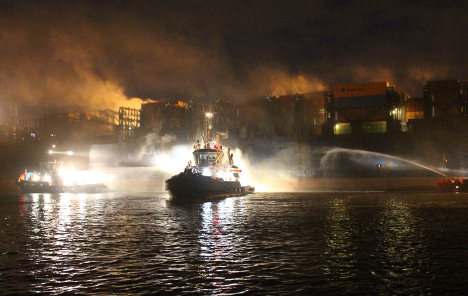A recent post on the Extreme Tech blog said that nuclear power was our only hope and that opposing it was a huge hypocrisy on the part of environmentalists. The post starts off by talking about the coming huge increase in electricity demand in China and India in the near future and how they are burning coal to generate electricity. The post rightly states that coal is a very dirty fuel that is highly polluting. The author, Graham Templeton, goes on to trash oil and natural gas, citing pollution and climate change.
The report talks about new technologies for pollution control of fossil fuels but dismisses them as too little and too late. He mentions the billions of gallons of coal slurry that are radioactive and an environmental hazard. He brushes off the environmental degradation of fracking as a possible reasonable price to pay to reduce air pollution, a rather cavalier attitude when tap water in fracking areas can burn like gasoline.
With respect to the increasing carbon dioxide causing global warming, he describes some new carbon sequester techniques that will help pull carbon out of the atmosphere but the writer also dismisses these as insufficient in light of continuing pollution from fossil fuel use. He also finds the current existing technologies for carbon sequestration to be wanting.
Finally he takes aim at solar, wind and other alternative technologies and says that they are not ready yet to play a major role in energy generation. So what does he have to say about how we could meet the electricity demands of the future?
Why nuclear reactors are the way! They are a mature technology, very safe, and the waste they generate is not even as bad as the radioactive coal slurry. Fukushima? Why that proves how tough and safe the current generation of reactors are. Even an earthquake and a tsumami didn’t really do that much damage. And radiation that has been released worldwide by nuclear explosions and accidents hasn’t really hurt anyone. So he says that any environmentalist who is against nuclear power is a hypocrite.
In a popular metaphor, reading this article made my head explode. The radiation from Fukushima circled the whole northern hemisphere. If the spent fuel pool at reactor number four is hit by another quake and comes crashing down, the fuel rods will burn and release a hundred times the radiation of Chernobyl. The cores that melted down at Fukushima are likely to pour radiation into the ocean for decades. All the spent nuclear fuel pools in the U.S. are going to be full and there won’t be a permanent storage until 2048 in the U.S. at the earliest. The temporary storage tanks are corroding. The Hanford reservation tanks are leaking. Illnesses and deaths attributable to radiation are very hard to track and identify unless the radiation is immediate and intense.
The financial community is not interested in investing in nuclear plants. The cost of new reactors is rising above estimates, there are delays and lawsuits. The U.S. Nuclear Regulatory Commission has done a poor job of regulation. Members of the nuclear industry have allowed shoddy construction, failed to maintain equipment, falsified reports, persecuted whistleblowers, ignored leaks, etc. Alternative energy sources are increasing exponential in capability and decreasing exponentially in cost.
I do not disagree that current use of fossil fuels are highly polluting and dangerous. I do disagree that nuclear power is the answer to our future energy needs. A combination of conservation and alternative energy sources will have to serve until more futuristic alternative such as nuclear fusion and/or solar power satellites are available.

